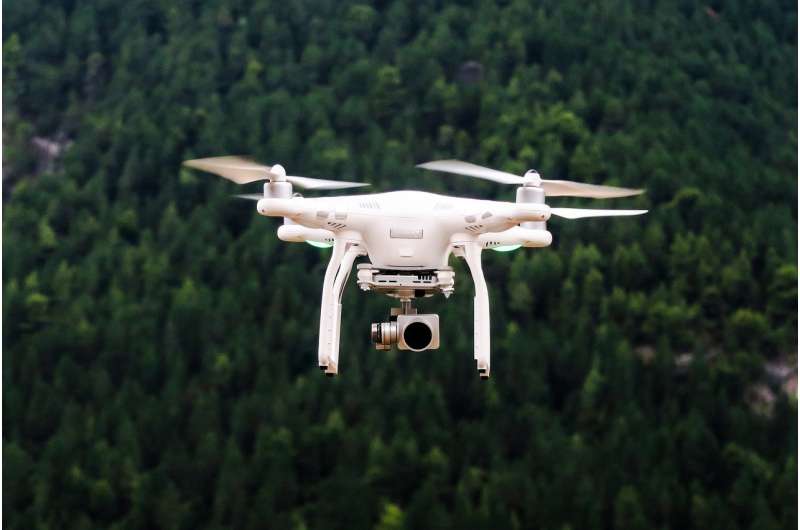Revolutionizing Healthcare: The Life-Saving Potential of Drone Medicine Delivery

Explore how drone technology is transforming emergency healthcare by delivering medicines, supporting rescue operations, and enhancing response times in various critical situations.
Drones, commonly associated with delivering pizza or enabling online shopping, are now being explored as powerful tools in emergency healthcare. Their ability to swiftly transport medical supplies, especially in areas with disrupted or limited access, offers a promising advancement in saving lives. Global trials, including those in Australia, have demonstrated the potential for drones to work seamlessly with existing health services, delivering everything from medications and blood samples to essential medical equipment.
In one notable example, NSW Fire and Rescue utilized drones to deliver critical medicine to individuals stranded by floods, showcasing their utility in natural disasters. Their rapid deployment capabilities enable them to reach remote or inaccessible locations, such as cliffs or mountainous terrains, much faster than traditional transport means. If a drone cannot land directly, it can safely drop its payload using parachutes, ensuring timely delivery of items like antivenom or defibrillators that can make the difference between life and death.
Furthermore, drones serve as valuable reconnaissance tools, providing aerial images and scans of disaster or accident sites before first responders arrive. This capability enhances safety and decision-making, allowing emergency teams to prepare effectively.
Drones also play a crucial role in search and rescue missions. Australian trials involved using thermal imaging and high-intensity lights to locate missing persons in remote areas. Paramedics can communicate with survivors once found, ensuring coordinated rescue efforts. Similarly, blood tests and pharmaceuticals are transported swiftly from rural clinics to regional laboratories, reducing turnaround times and enabling faster diagnoses.
In addition, drones are being employed for surveillance and preventive measures, such as monitoring shark activity on beaches or dropping flotation devices to swimmers in danger. Innovative trials in countries like Sweden show that delivering defibrillators via drones significantly increases survival chances in cardiac emergencies, often delivering the device faster than ambulances.
However, despite the promising potential, there are limitations. Battery life, weight restrictions, weather conditions, and current legislation can affect drone deployment, especially in rural or challenging environments. Many trials are ongoing, and comprehensive data are needed to determine whether widespread drone use will be cost-effective and improve health outcomes.
As technology advances and policies adapt, drones could become an integral part of the future healthcare landscape. Learning from other industries that utilize drone technology may provide insights into scaling operations safely and efficiently, ultimately enhancing emergency response and health service delivery worldwide.
Stay Updated with Mia's Feed
Get the latest health & wellness insights delivered straight to your inbox.
Related Articles
Gene-Informed Radiation Therapy Shows Promise for HPV-Positive Throat Cancer Patients
New research demonstrates how tumor genomics can personalize radiation doses for HPV-positive throat cancer, reducing side effects while maintaining high cure rates.
Advancements in Blood Tests for Predicting Kidney Disease Progression
Innovative blood biomarker analysis offers new hope for accurately predicting the progression of inherited kidney disease, paving the way for personalized treatments and improved patient care.
Regional Variations in COVID-19 Deaths Across Europe During 2020 and 2021
An in-depth look at how COVID-19 caused significant regional differences in mortality across Europe during 2020 and 2021, emphasizing the importance of localized health data.



